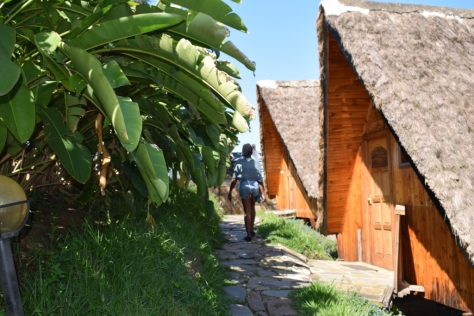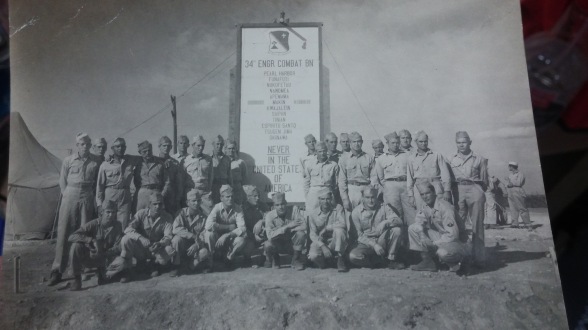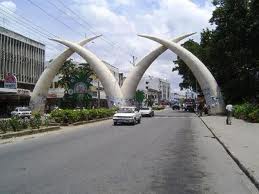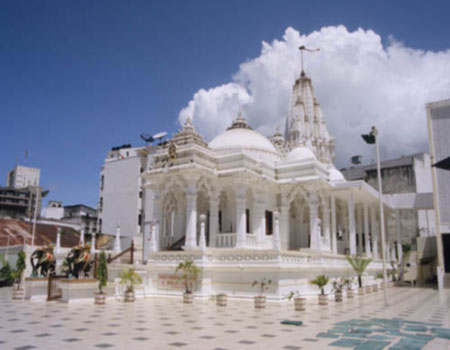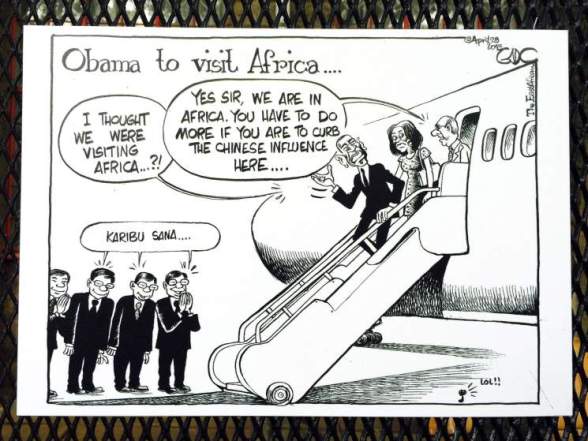On Sunday August 16th, amid the sweltering Nairobi heat, the Alliance Francaise de Nairobi hosted the 57th edition of Slam Africa competition. A stiffly contested and vibrant affair, the event started off with recitation of well crafted pieces by nine poets and ended with one of them, Sanaa Arman taking home the trophy and the Slam King title.
The event, under the Nandi flame tree that towers over the Alliance gardens, attracted hundreds of slam poetry lovers from all spheres of life, from activists like Boniface Mwangi to academics such as Dr. Wandia Njoya and communication specialists like Dennis Itumbi.
The competitors thrilled the audience with creatively crafted poems that contained memorable lines and saw slam lovers snap their fingers in glee. They tackled a number of issues affecting youth in contemporary Kenya. The issues ranged from yellow fever (the youth obsession with light skin which leads to bleaching) to single parenthood, relationships and politicians’ greed. Sanaa may have taken home the trophy but the first runner up, Willie Oeba won over the hearts of the audience with a very intimate and moving piece dedicated to his Mother
The festival also featured guest performances by former slam kings and poets. El Poet performed his well loved piece The School bell Rings alongside a more recent one, I am who I am which spoke of the stereotyping of Somali Kenyans by suspecting them of being terrorists. Another poet, Ngartia performed a moving piece ’Mpeketoni on My mind’ a poem fused with guitar music from Ciano. Former Slam king Teadrops, ended the guest performances with a powerful piece Hii Street, a sheng tribute to the ghetto streets which, in spite of thuggery and toughness still raise successful youth.
So what exactly is a poetry slam and when did it start in Kenya?
A poetry slam is a competitive poetry reading in which poets perform their own writings for scores. There is elimination at each stage with only those who score high marks moving on to the next round. It originated in a Chicago barroom in the 80’s when a man named Marc Smith let the audience judge by boos and cheers, poems performed on stage.
In Kenya, slam poetry was first staged in 2006 with the help of poetess Shailja Patel on behalf of Kwani Trust. It has since acquired a life of its own, drawing poetry lovers and improving in quality.
‘Poetry contestants are finally getting into mature spaces with the quality of their poems. For a long time slammers would always go for things that make crowds shout and scream, however, that was done at the expense of real, quality poetry. So Sunday’s slam poetry stage looked quite grown up, which is a good thing’ said slam lover, poet and Love FM radio presenter Kyansimire.
Slam poetry has a number of tight rules governing it; the piece being performed must be a writers’ own. Maximum time given is three minutes thirty seconds and performers are penalized if they take more time. There is also no use of costumes, props or musical instruments.
This type of poetry is however, not the sort of thing you’d expect to find in schools and university lecture halls thanks to its language, flamboyancy and color. Instead of the somber mood of the school poems whose writers are almost always dead poets with strange names like T.S Eliot or D. H Lawrence, this particular pieces are recited by their authors. They also give keen interest on their performativity and aim at reaching the audience’s soul with deep feelings. Slam poetry is thus a timely gift-a trojan horse- to sheng poets who can seldom find space for their art in the rigid academic sphere our society is.
So, do academics consider this ‘real’ poetry since it wasn’t devised after deep intellectual reflections but was instead born in a bar?
Dr Wandia Njoya is positive and enthusiastic about slam poetry as a modern form of engaging with creative works. ‘I’m happy that poetry has moved from the corridors of the university to the streets where it belongs. I don’t agree with that notion passed on in literary discourses that poetry is dead, it just needs innovation. If you package it nicely then it becomes engaging, entertaining and full of soul’ added the Daystar university lecturer who invites slam poets to her classes whenever she is teaching poetry.
University of Nairobi don Dr. Tom Odhiambo shares Dr. Wandia’s views ‘This argument that ‘real’ poetry is dead in Kenya is just a lazy argument perpetrated by a bunch of people who are nostalgic about the past and who associate poetry with particular big names. Just last month, Amka and Goethe Institut launched an anthology of poetry, yesterday I was editing my students’ collection of poetry so as far as I am concerned, poetry is indeed alive and vibrant in Kenya,’ he said.
Though still somewhat a literary novelty and oddity, slam poetry has experienced exponential growth in Kenya. Yet only time will tell whether it will be around for a long time to come or whether, as claimed by writer Dana Gioia, it is just a populist revival of verse inspired by the oral culture of radio, TV, film and the internet and which will pass soon.
‘Slam is definitely here to stay. A lot of people think it’s this new phenomenon but it’s been around for years. Even when media wasn’t covering it, it was alive and thriving. So definitely it’s not going anywhere. Says Kyansimire.
When all is said and done, it is of essence to note that slam poetry has succeeded in achieving something old school poetry didn’t; creating a successful marriage of diverse personalities; self-taught and trained academics recite side by side, old school and new age poets compete on a similar platform in sheng and English. It also creates a very intimate authentic connection between poets and their audiences, giving poets the pleasure of seeing how their pieces resonate with audiences.
Its growing influence is evidenced by the sponsors who came on board to support the competition that was judged by veteran poets Nana Poet, Richie Maccs, Kevin Oreto, Mufasa and Wanjiku Mwaura.
This article was first published in the East African Newspaper.

